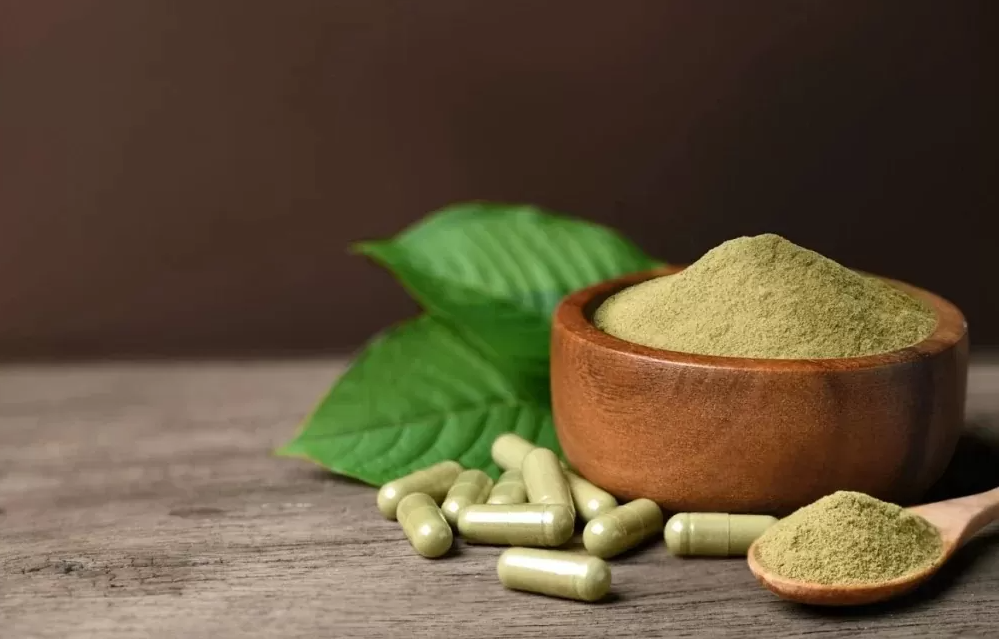Breast health is a crucial aspect of overall well-being, and changes in breast tissue can naturally raise concerns. One such condition that often causes anxiety is the discovery of a complex breast cyst. While most breast cysts are harmless, complex cysts may require closer medical attention. This article will help you understand what complex breast cysts are, their symptoms, how they’re diagnosed, and the treatment options available.
What Are Complex Breast Cysts?
A breast cyst is a fluid-filled sac within the breast tissue. They are common, especially in women between the ages of 35 and 50, and are often related to hormonal fluctuations.
- Simple cysts are completely fluid-filled and usually noncancerous.
- Complex cysts, however, contain both fluid and solid components, or they may have thick walls and internal echoes that make them appear more suspicious on imaging tests.
Due to these differences, complex breast cysts typically require a more detailed evaluation than simple cysts.
Common Symptoms of Complex Breast Cysts
Many women may not notice any symptoms, and cysts are often discovered during routine breast imaging. However, some common signs include:
- A palpable lump that may feel firm or rubbery
- Breast tenderness or discomfort, especially before menstruation
- Swelling or fullness in the breast
- Changes in breast size or shape in the affected area
It’s important to note that these symptoms are not exclusive to cysts and can overlap with other breast conditions.
How Are Complex Breast Cysts Diagnosed?
If a lump is detected, your healthcare provider may recommend several tests to determine whether it is a complex or straightforward cyst:
- Breast Ultrasound – This imaging test helps differentiate between fluid-filled and solid areas within the breast. Complex cysts usually show mixed characteristics.
- Mammogram – May reveal abnormalities in breast tissue that warrant further evaluation.
- Aspiration – A thin needle may be used to drain fluid from the cyst. If the fluid is bloody or the lump does not resolve, further tests may be needed.
- Biopsy – In some cases, a sample of tissue is taken to rule out malignancy.
Treatment Options for Complex Breast Cysts
The treatment plan depends on the cyst’s size, symptoms, and test results:
- Observation – If the cyst is small and asymptomatic, your doctor may recommend regular monitoring with follow-up imaging.
- Aspiration – Removing the fluid can help relieve discomfort and provide diagnostic information.
- Surgical Removal – If the cyst appears suspicious, recurs frequently, or causes significant discomfort, surgical excision may be considered.
- Cancer Treatment (if necessary) – In rare cases where a biopsy reveals cancerous cells, treatment may include surgery, radiation, or other therapies, depending on the stage and type of cancer.
When to See a Doctor
You should schedule an appointment with your healthcare provider if you notice:
- A new lump in your breast
- Changes in the size, shape, or appearance of your breasts
- Persistent breast pain or swelling
- Nipple discharge, especially if it is bloody
Early evaluation is the best way to ensure peace of mind and, if needed, begin appropriate treatment.
Key Takeaway
Most complex breast cysts are benign; however, because they contain both solid and fluid components, they require a more thorough evaluation compared to simple cysts. Staying proactive with regular breast self-exams, screening, and timely medical care can help ensure early detection and effective treatment if needed.



